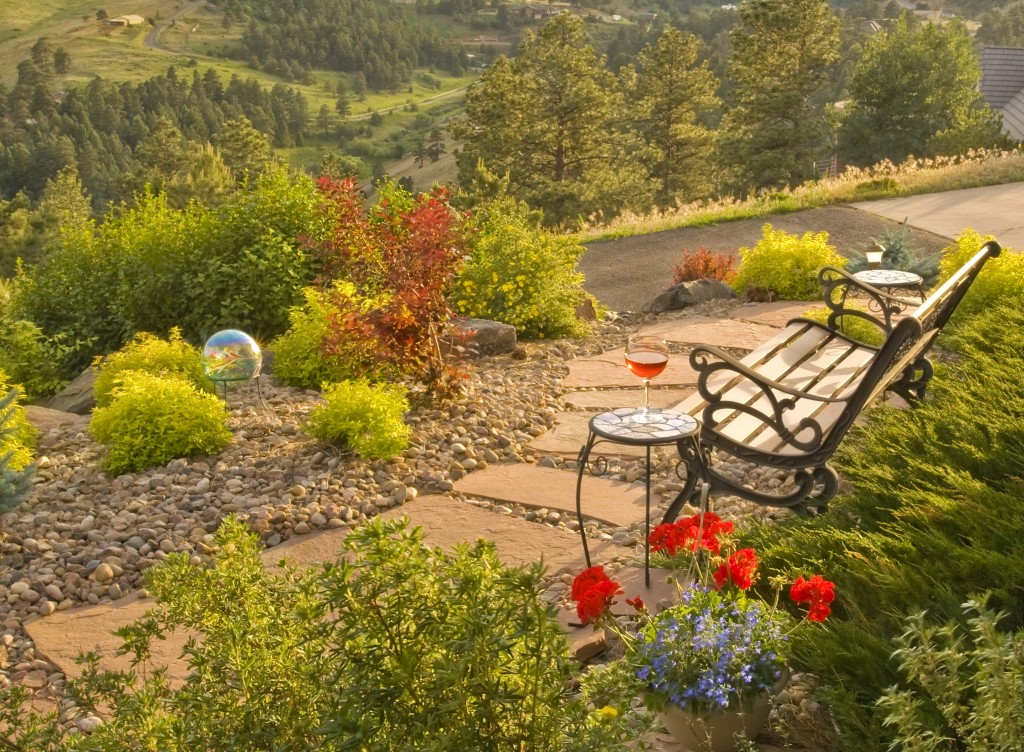 Unless you hire a crew for upkeep, your responsibilities as a homeowner likely include some form of landscape maintenance. Did you know that a large portion of household water usage goes directly to maintaining a landscape?
Unless you hire a crew for upkeep, your responsibilities as a homeowner likely include some form of landscape maintenance. Did you know that a large portion of household water usage goes directly to maintaining a landscape?Enter the xeriscape. Xeriscapes require just a fraction of the water you’d generally use to keep your landscape lush. A University of Georgia study found that homes with xeriscapes saved approximately 9,450 gallons of water, shaving off nearly $23 in water expenses each month.
Proving once again that the Greeks were ahead of the times (and all-around better than all of us), the term “xeriscape” comes from the Greek word “xeros,” meaning dry. They’re best suited to drought-prone areas, particularly in the Southwest, but the basics can apply to any landscape.
To conserve water and save money on landscape maintenance, follow these xeriscaper-approved tips.
1. Get smart about watering. Water your landscape with a drip irrigation system or soaker hoses. Both water plants at the roots, which is crucial for conservation. Be mindful of rainfall, which can lead to overwatering – you can “set it and forget it” with a rain sensor add-on.
2. Supplement the soil. The success of a xeriscape depends heavily on soil. Fortify soil with compost or manure to balance water retention, and cover with a layer of mulch (think leaves or wood chips) for added absorption. Less mulch will be needed as your xeriscape develops.
3. Draw new turf borders. Another key component of a xeriscape is smaller sections of grass, which – you guessed it – need less water to get the job done. To maintain these areas, use a reel mower to trim the blades by just a third. Taller grass acts as natural mulch, which results in decreased water usage.
4. Go native. Aside from grassy areas, most xeriscapes are home to native plants that thrive despite limited water. In drought areas, ideal plants include cacti, agave, juniper and lavender; herbs like thyme and sage and foods like sapodilla fruits or black walnuts also flourish without excessive watering.



